The 4K broadcast PTZ camera MC1, which realizes gesture intelligent control and AI automatic tracking technology, It's your first choice.
In the rapidly evolving landscape of remote work and digital communication, PTZ (Pan-Tilt-Zoom) conference cameras are emerging as a critical tool for businesses, educational institutions, and organizations worldwide. As the demand for seamless, high-quality video conferencing continues to grow, PTZ cameras are poised to play a pivotal role in shaping the future of communication technology.
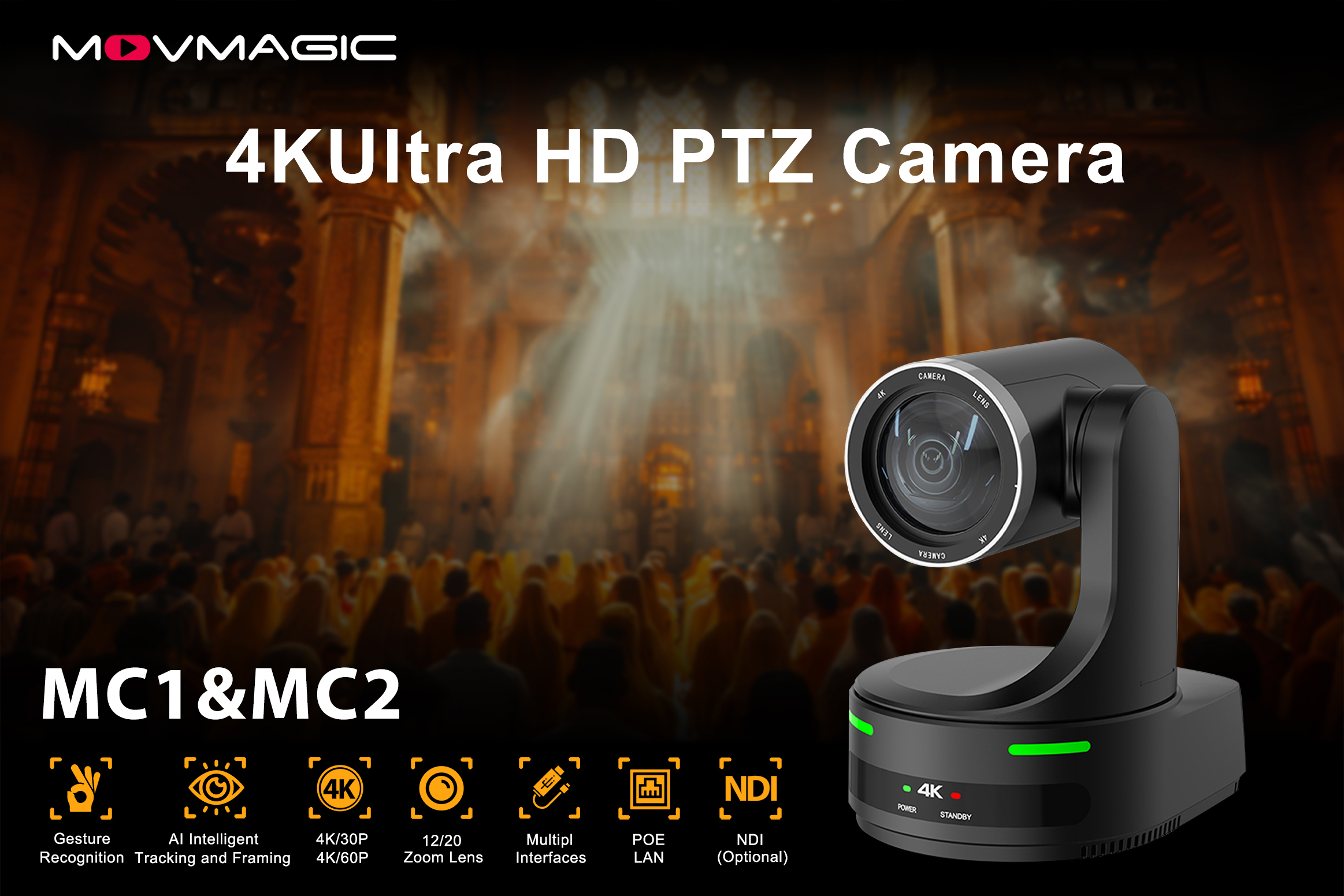
Here’s why PTZ conference cameras are set to become indispensable in the future market:
1. **Enhanced Flexibility and Versatility**
PTZ cameras offer unparalleled flexibility with their ability to pan, tilt, and zoom, allowing users to capture dynamic and wide-angle views of a room. This versatility is particularly valuable in conference settings, where multiple participants or presentation materials may need to be highlighted. As hybrid work models become the norm, PTZ cameras will enable organizations to adapt to varying meeting setups effortlessly.
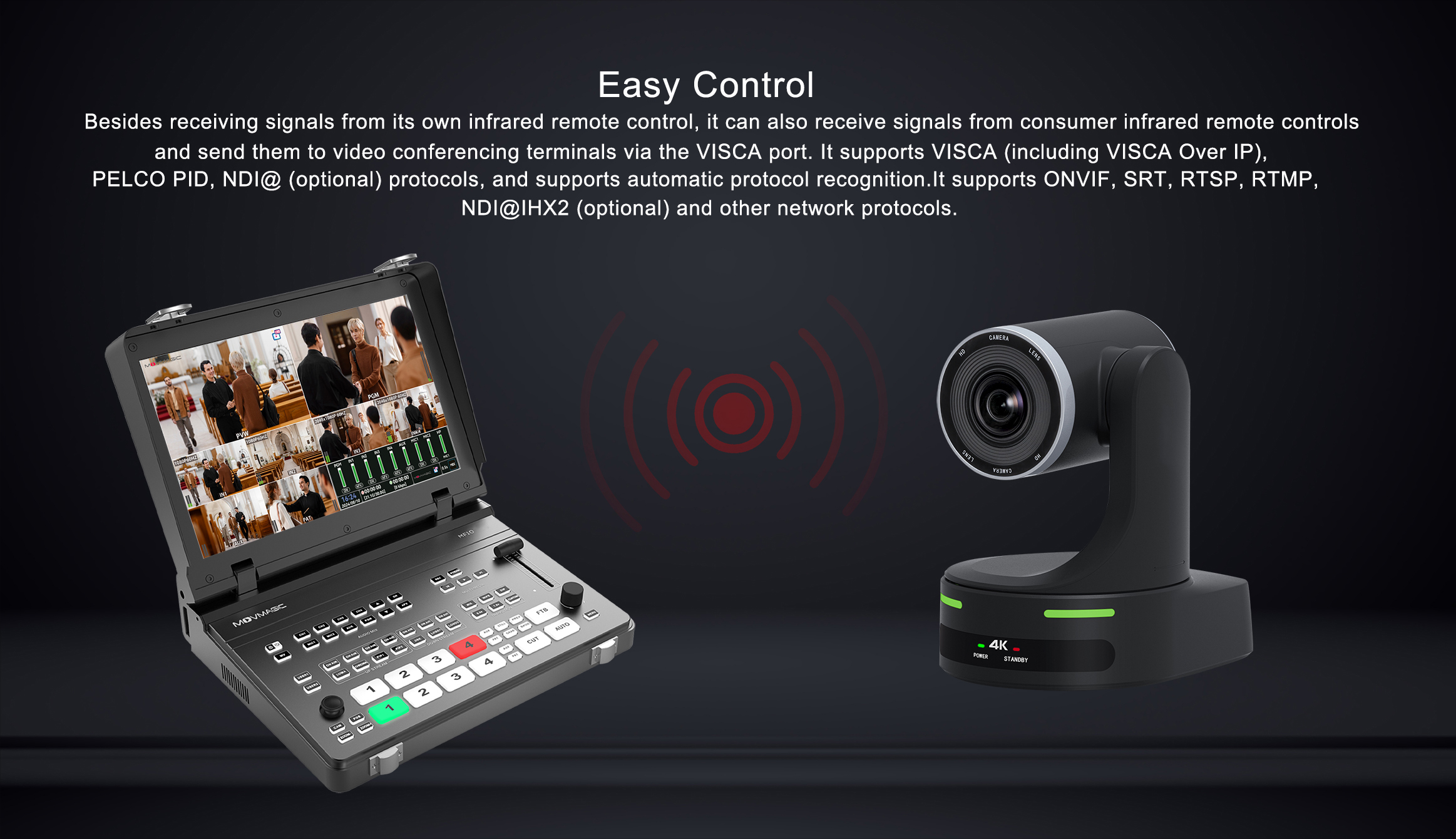
2. **Improved User Experience**
The advanced features of PTZ cameras, such as auto-tracking and AI-powered framing, significantly enhance the user experience. These cameras can automatically focus on speakers or follow movement, ensuring that remote participants feel fully engaged. In the future, as virtual meetings become even more immersive, PTZ cameras will be essential for delivering a professional and interactive experience.
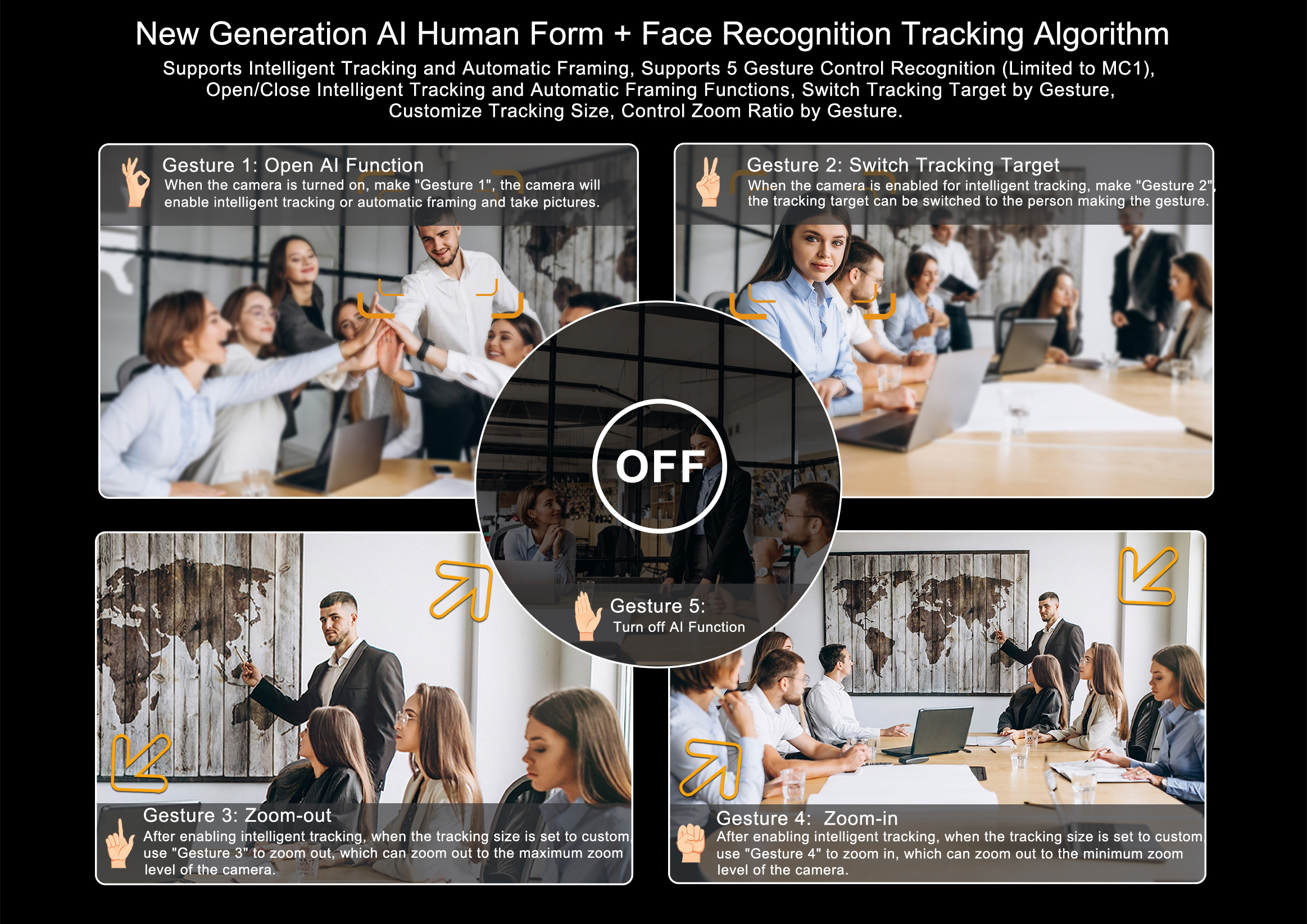
3. **Cost-Effective Solution**
Compared to installing multiple fixed cameras, a single PTZ camera can cover a wide area, reducing hardware and maintenance costs. This cost-effectiveness makes PTZ cameras an attractive option for businesses looking to optimize their communication infrastructure without compromising on quality.
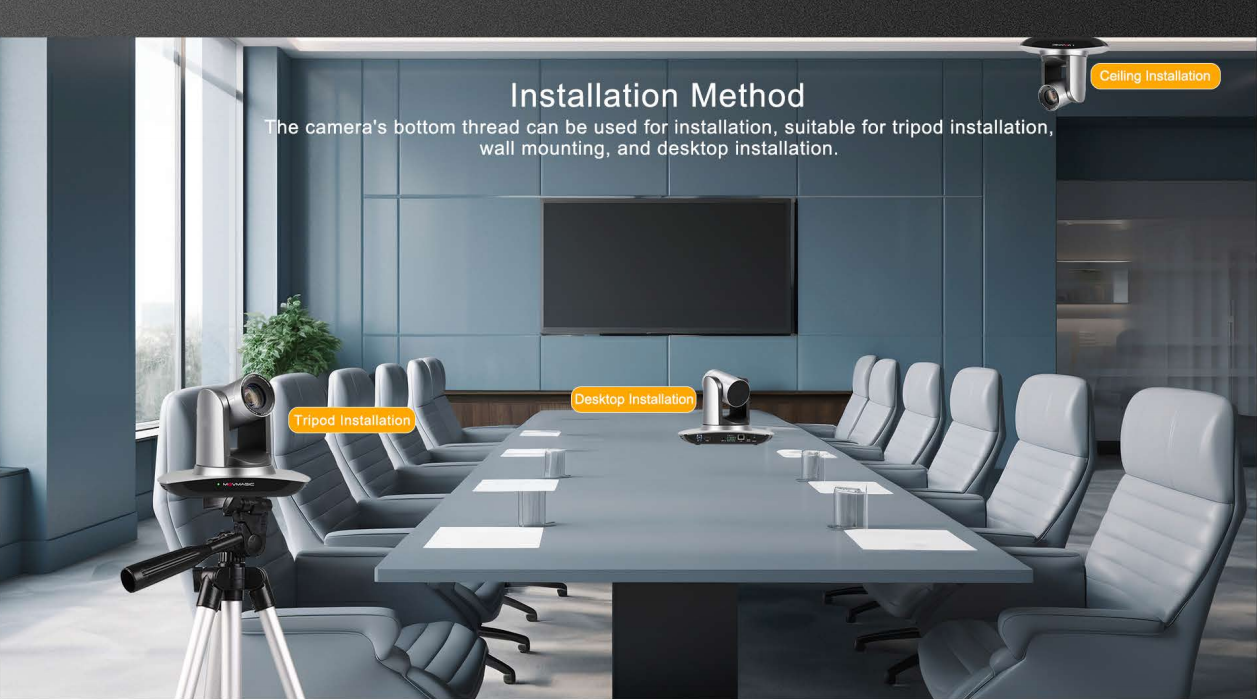
4. **Integration with Emerging Technologies**
PTZ cameras are increasingly being integrated with cutting-edge technologies such as AI, IoT, and 5G. For instance, AI-powered PTZ cameras can analyze meeting dynamics and optimize camera angles in real-time. As these technologies mature, PTZ cameras will become smarter and more adaptive, further solidifying their importance in the market.

5. **Growing Demand for Hybrid Work Solutions**
The shift toward hybrid work models has created a surge in demand for reliable and high-quality video conferencing tools. PTZ cameras, with their ability to deliver professional-grade video and audio, are perfectly positioned to meet this demand. They enable seamless collaboration between in-person and remote teams, making them a cornerstone of future workplace communication.

6. **Applications Beyond Conferencing**
Beyond corporate meetings, PTZ cameras are finding applications in education, live streaming, broadcasting, and even healthcare. For example, in educational settings, PTZ cameras can capture detailed views of lectures or lab demonstrations, enhancing the learning experience for remote students. This versatility ensures that PTZ cameras will remain relevant across various industries.
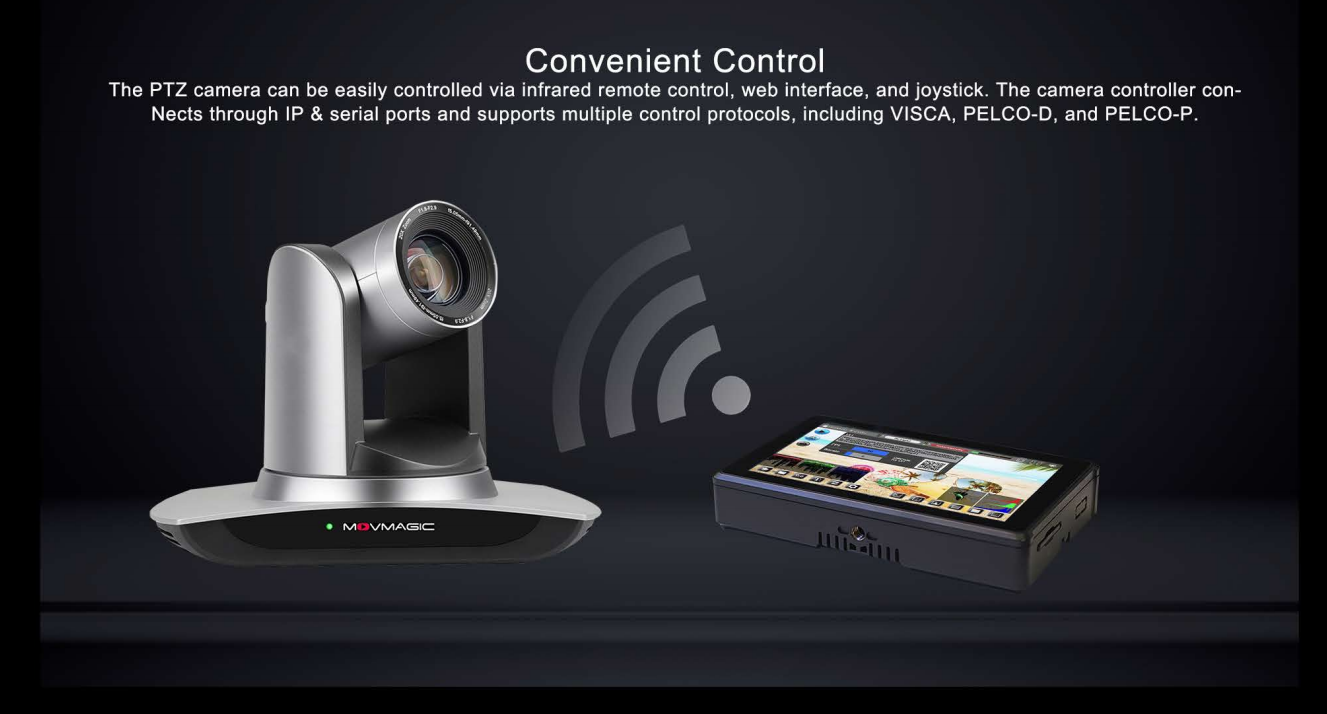
7. **Sustainability and Scalability**
As organizations prioritize sustainability, PTZ cameras offer an eco-friendly solution by reducing the need for multiple devices. Additionally, their scalability makes them suitable for small meeting rooms or large conference halls, ensuring they can grow with an organization’s needs.
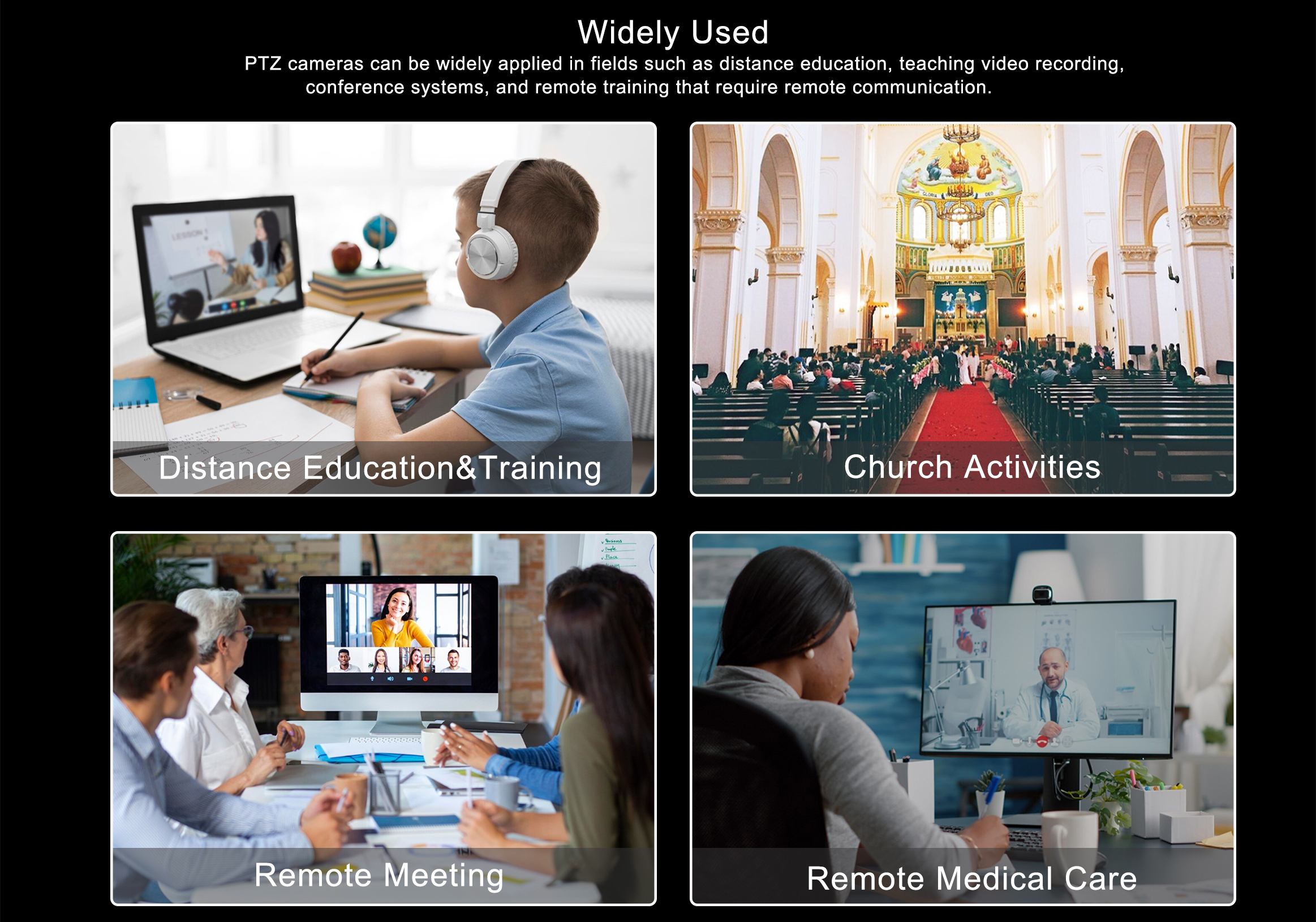
Conclusion
The future of communication is undeniably digital, and PTZ conference cameras are at the forefront of this transformation. With their flexibility, advanced features, and ability to integrate with emerging technologies, PTZ cameras are set to become a cornerstone of modern communication infrastructure. As businesses and institutions continue to embrace remote and hybrid models, investing in PTZ cameras will be a strategic move to stay competitive and deliver exceptional communication experiences. The future market will undoubtedly see PTZ cameras as a vital tool for fostering collaboration, innovation, and connectivity in an increasingly digital world.
